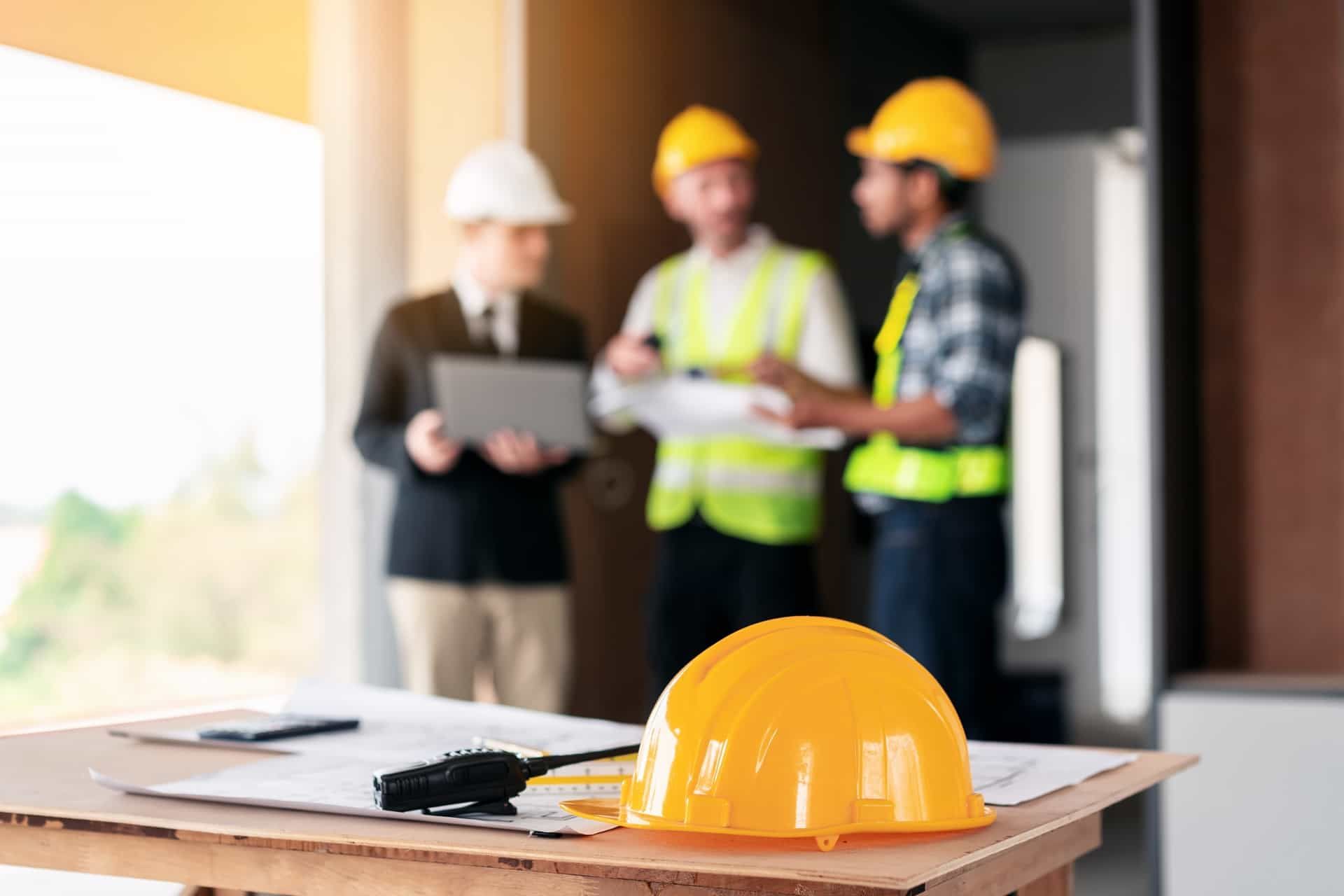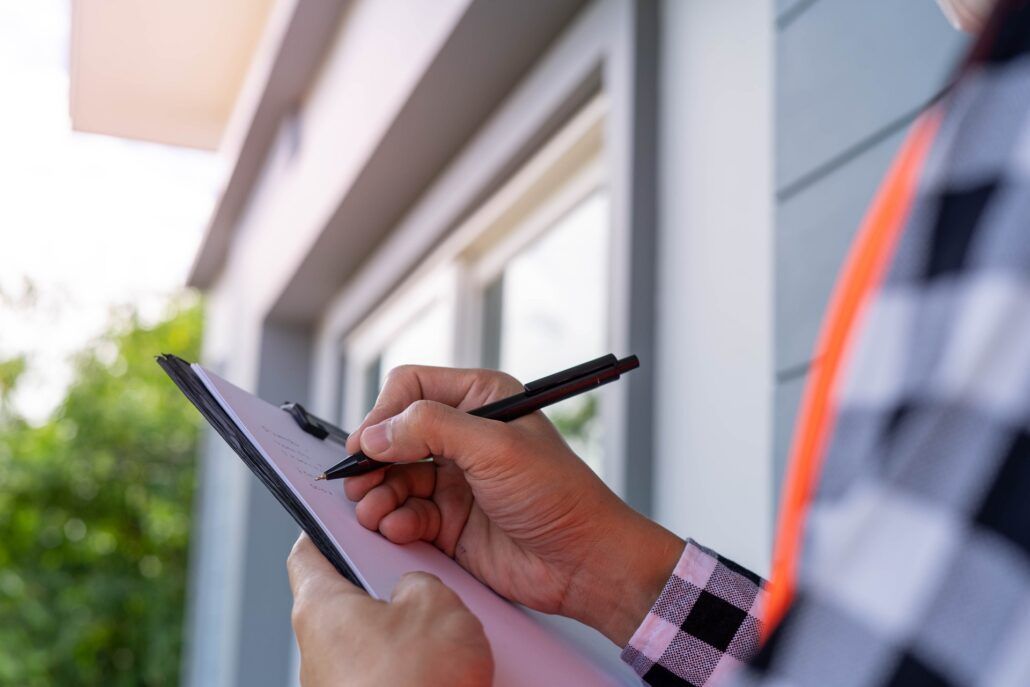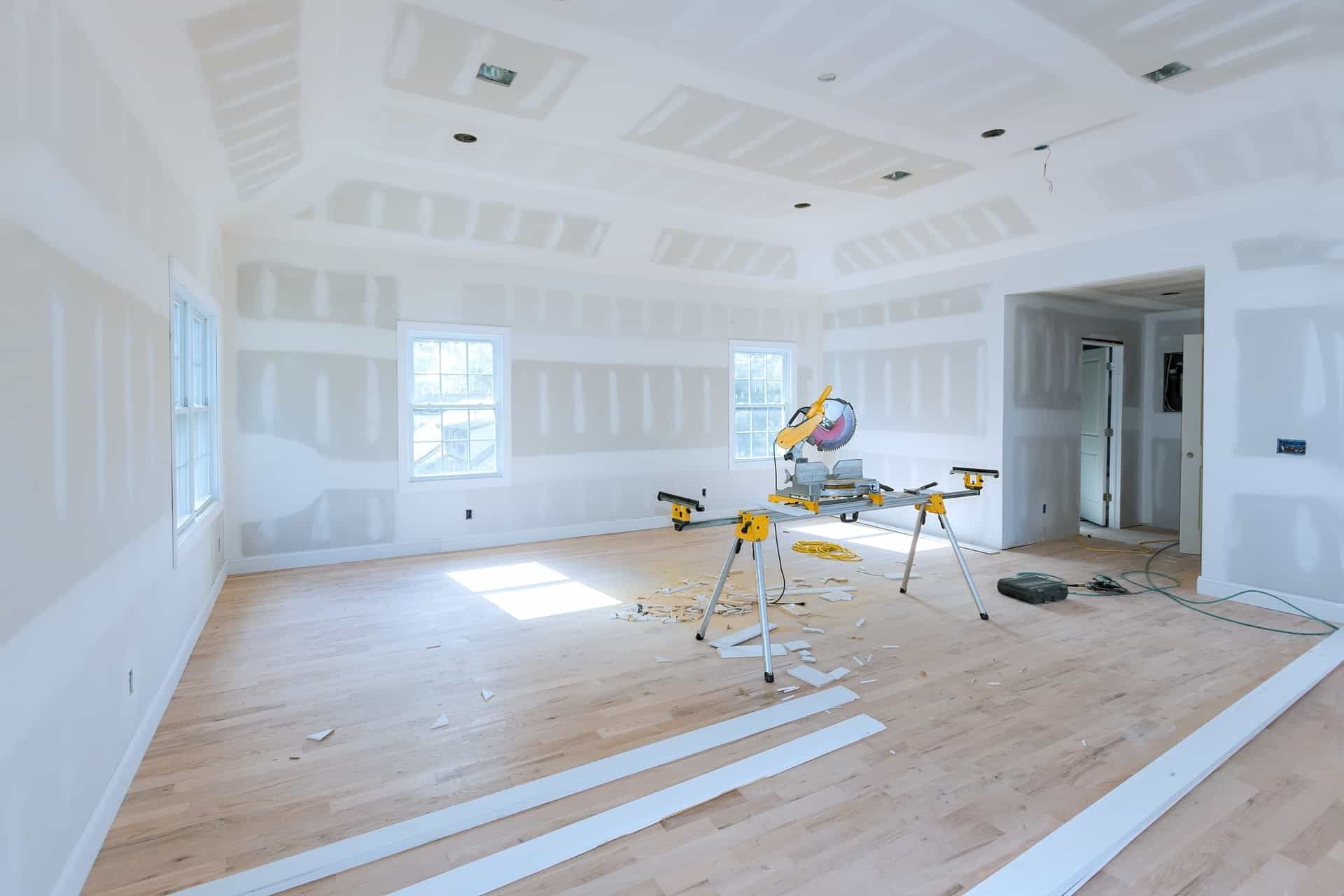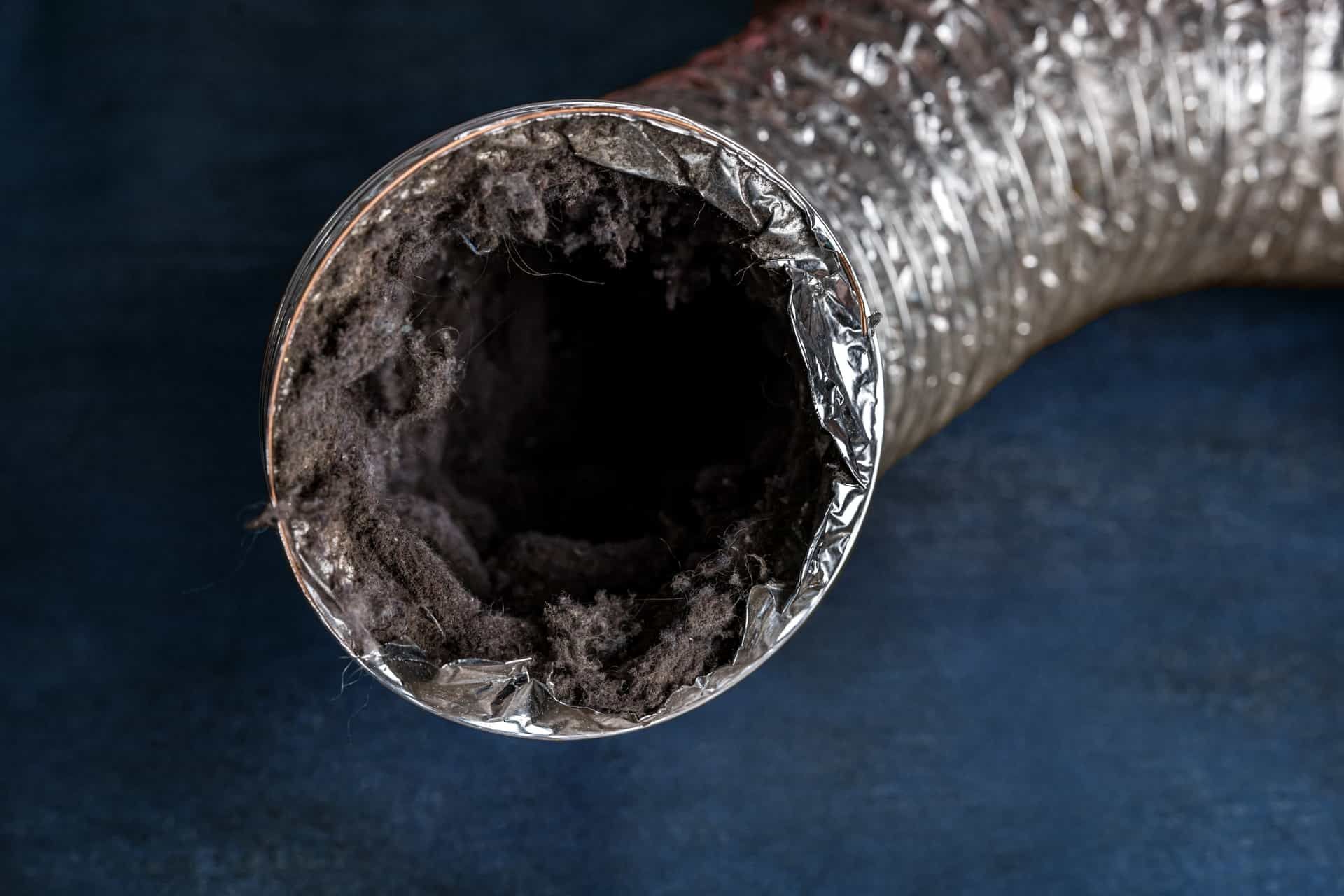Why Is My Furnace Leaking Water?
A furnace is crucial to your home's heating system, especially during colder months. But if you notice water pooling around it, you might wonder, "Why is my furnace leaking water?" A leaking furnace can be alarming, but it's often fixable with the proper understanding. This article will help you identify the causes of a furnace leak and guide you on how to handle it.
What Causes a Furnace to Leak Water?
Several issues could lead to a water leak in your furnace. The exact cause often depends on the type of furnace you have and its age. Here are the most common reasons:
1. Condensation Leak
High-efficiency furnaces, also known as condensing furnaces, produce condensation as they operate. These furnaces have a second heat exchanger that maximizes energy use, creating extra moisture. Usually, this condensation drains away through a tube. However, water may start leaking around your furnace if this tube becomes clogged or cracked.
2. Humidifier
Some furnaces are equipped with a built-in humidifier to add moisture to the air in your home. While convenient, these humidifiers can sometimes develop leaks. If the water line or connection to the humidifier is loose or broken, it could lead to water pooling around the furnace.
3. Clogged Drain Line
Most furnaces are connected to a drain line to remove excess moisture. If this drain line becomes clogged with dirt or debris, water has nowhere to go and may back up, leading to leaks around your furnace.
4. Broken Condensate Pump
A condensate pump moves water away from the furnace in some systems. If this pump fails, water can accumulate and cause a leak. This problem is more common in homes where the furnace is in the basement or below the ground level.
5. Faulty Heat Exchanger
In rare cases, the heat exchanger inside your furnace can crack, which may lead to water leakage. This is often a serious issue, as a cracked heat exchanger can also release carbon monoxide. If you suspect this problem, it is essential to contact a professional. Moreover, it's a good idea to conduct water testing to check for any contaminants that could result from leaks or other issues in your heating system. This proactive step can help ensure your home's safety and air quality.
How Can I Tell If My Furnace Is Leaking?
There are a few signs that indicate your furnace may be leaking:
- Puddles or Dampness Around the Furnace: One of the most obvious signs is water pooling around your furnace or signs of dampness on the floor nearby.
- Musty Smell: A musty odor near the furnace could indicate excess moisture or mold growth due to a leak.
- Increased Humidity: If your home feels unusually humid, especially near the furnace, it might result from a water leak
Is a Leaking Furnace Dangerous?
While a leaking furnace may not always be dangerous, it can lead to other problems if left unchecked. Water around the furnace can cause rust and corrosion, which can shorten the life of your heating system. In some cases, leaks could lead to electrical issues or damage to other parts of your home. If the problem is related to a cracked heat exchanger, there is also a risk of carbon monoxide leakage, which can be hazardous to your health.
How Can I Fix a Leaking Furnace?
Fixing a leaking furnace depends on identifying the source of the leak. Here are some steps you can take to troubleshoot and resolve the issue
- Check the Condensation Drain: Inspect the condensation drain tube to ensure it's debris-free. You can use a small brush or pipe cleaner to remove any blockages. If the tube is cracked, you may need to replace it to stop the leak.
- Inspect the Humidifier: Check for any loose connections or cracks in the water line if your furnace has a built-in humidifier. Tighten connections or replace parts as needed. If the humidifier is old or damaged, consider replacing it to prevent further leaks.
- Unclog the Drain Line: A clogged drain line can usually be cleared by pouring vinegar or bleach through the line to remove any blockages. This will help the water flow away from your furnace correctly.
- Test the Condensate Pump: If you suspect the condensate pump isn't working, try unplugging and resetting it. If that doesn't help, the pump may need to be replaced. A qualified technician can help with this replacement if needed.
- Contact a Professional for Complex Issues: If you cannot identify the leak's source or suspect a serious problem like a cracked heat exchanger, it's best to call a professional HVAC technician. They have the tools and expertise to safely diagnose and repair complex furnace issues.
How Can I Prevent My Furnace from Leaking in the Future?
Regular maintenance is the key to preventing furnace leaks. Here are some tips to keep your furnace in top shape:
- Schedule Annual Inspections: Have a professional inspect your furnace at least once a year to check for potential issues and perform routine maintenance.
- Clean the Condensation Line: Keep the condensation line clear by cleaning it every few months. This can help prevent clogs that lead to leaks.
- Inspect Humidifiers and Drain Lines: Check the humidifier and drain lines regularly for any signs of wear or damage. Replace parts if necessary.
- Watch for Warning Signs: Be mindful of puddles, damp smells, and humidity changes near your furnace. Addressing these signs early can prevent more significant issues later.
When Should I Call for Help?
If you've tried basic troubleshooting and the leak persists, or if you're concerned about a cracked heat exchanger, it's time to call a professional HVAC technician. Furthermore, consider scheduling an HVAC home inspection to thoroughly assess your system. This can help identify underlying issues and ensure everything is functioning safely and efficiently. Attempting significant repairs alone could worsen the problem or lead to safety risks, so it's best to rely on an expert.
Conclusion
A leaking furnace can cause concern, but understanding the common causes can help you address the issue quickly. Whether it's a clogged drain line or a faulty humidifier, there are steps you can take to fix the problem. Regular maintenance and prompt repairs can go a long way in keeping your furnace leak-free.
If you notice water around your furnace, contact Guardian Angel Inspections today for professional help and to ensure your home stays warm and safe!
Disclaimer: The information on this website and blog is for general informational purposes only and is not professional advice. We make no guarantees of accuracy or completeness. We disclaim all liability for errors, omissions, or reliance on this content. Always consult a qualified professional for specific guidance.
Share this entry







